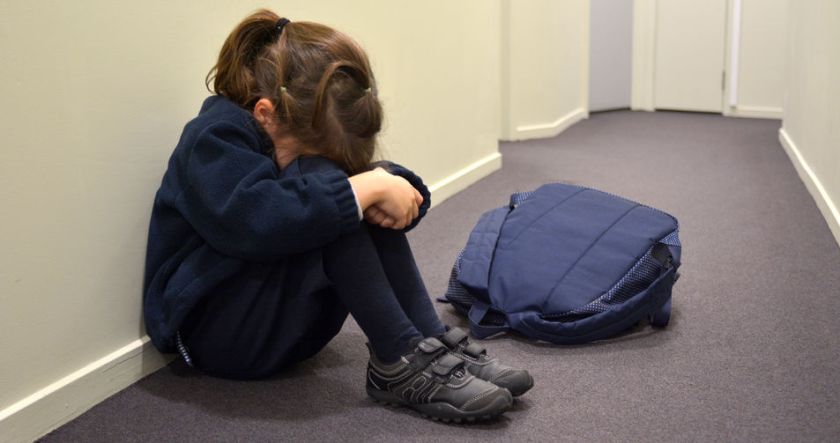
Her fists were clenched. She tried to tame the tears that were so close from storming out. Maybe disguising her anguish as indifference would do the trick.
It didn’t.
She was staring at her unfinished work, drowning at the task at hand. What the task was doesn’t matter. How she felt does.
– “I just can’t do this” – she whispered to me as I approached her desk. “It’s too hard. I’m not smart enough”
– “Nobody gets it perfect the first time”, I said. But it did not convince her.
– “Oh, yes they do. Most of them. Just not me. I don’t want to do this anymore”
What was she afraid of? You name it. The giggles. The shame. The flunk. Maybe the biggest fear was to face, once more, the perceived confirmation that she was not good enough. Failure is painful, and we naturally reject what hurts.
How do we better instill an idea of risk taking and struggle in students? How can we better humanize success and show that it’s a matter of diligence rather than talent?
You have not failed until you give up
The first step in preserving a risk-taking mentality in our students is to take the “failure” out of the “struggle”. The world’s greatest scientists, inventors and artists reached the skies after years of sustained effort. However, they have been romanticized by history and media as born-that-way geniuses. The truth is, every child has the seed of genius within – dedication and hard work is what eventually will make them fly.
A supportive environment to thrive
You would not jump into the void without some sort of a safety net: that is called calculated risk. Our students will weigh in the possible outcomes for being daring and bold in their academic pursuits. If there is a big chance that they will fall prey to ridicule, most likely they will not go for it. Let’s promote a supportive school environment that values trying as well as achieving, and process as well as results.
We should also recognize and even cherish our own struggles: If, instead, we run away and hide them from our students, we are strengthening the idea that struggling is a shameful deviation from achievement, instead of a powerful opportunity for growth.
Yidan Prize winner Carol Dweck has extensive research showing that intelligent people are not just born smart: kids can identify their current achievements and then work towards improving, actually getting smarter.
When you teach about the great characters from history, science and art, be sure to portray the whole stories: the pains as well as the gains, the human side entwined with the brilliance, the challenges along with the glory.
It’s not about minimizing struggle, it’s about normalizing it. When we take failure out of the equation and embrace struggling as part of the journey, learning becomes again the joyous, stimulating gift it was always meant to be.
—
As part of C.M. Rubin’s Top Global Teacher Bloggers, this is my response to this month’s question: How do we better instill an idea of risk taking and struggle in students? How can we better humanize success and show that it’s a matter of diligence rather than talent?